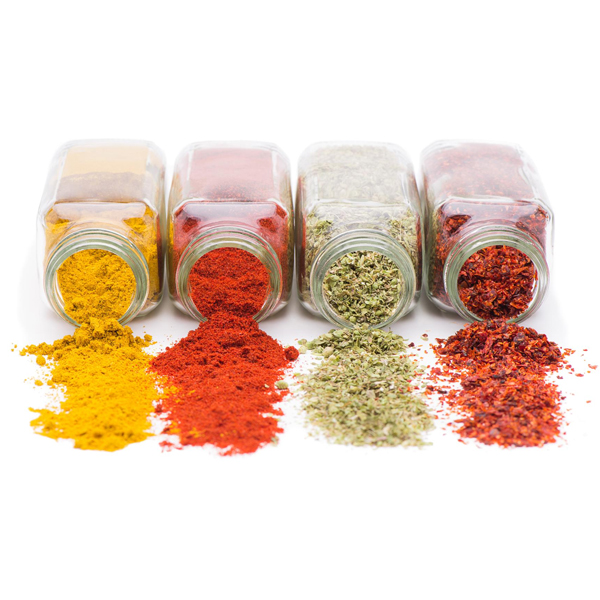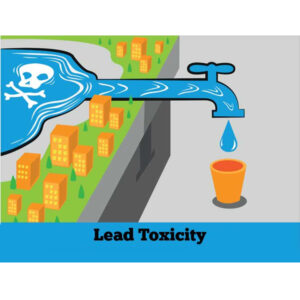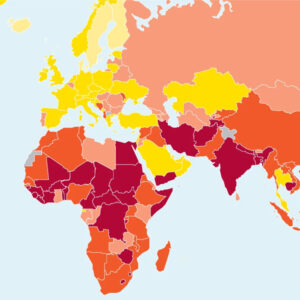Description
There has been a growing interest in monitoring heavy metal contamination in spices. The present study has been conducted to determine the concentration of Pb in eleven commonly used spices available in local Indian markets. The samples have been processed, digested and finally analyzed using Atomic Absorption Spectrophotometry. The levels of Pb in most spices were found to be within acceptable reference limits with the exception of cardamom, cinnamon, cloves, coriander, fenugreek, and ginger. In 20 gm of each of these spices the Pb level was found above the maximum permissible limit (MPL) as proposed by WHO/FAO and US, FDA. Generally, most of the spices available in the market are safe for human consumption, as far as Pb poisoning is concerned, in the amount of 20 gm. But excessive consumption, in concentrated form, is inadvisable over a long period of time, as it has potentials to cause harmful accumulation of Pb in the body. As for cardamom, cinnamon, cloves, coriander, fenugreek, and ginger, the daily consumption level should be curtailed to avoid long term health hazards due to Pb poisoning.



